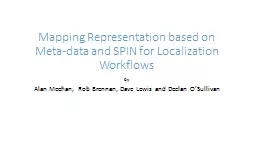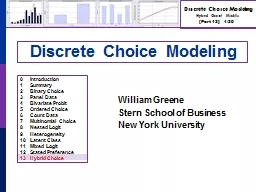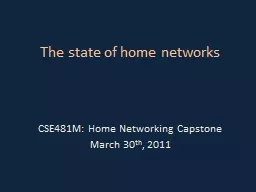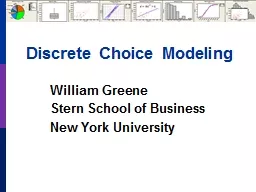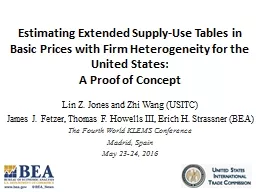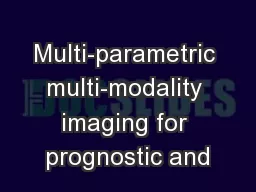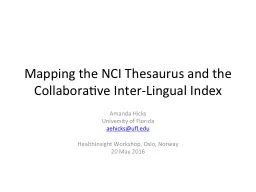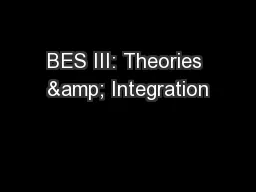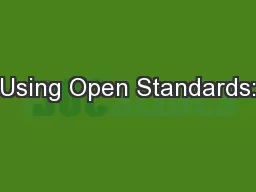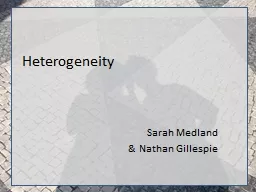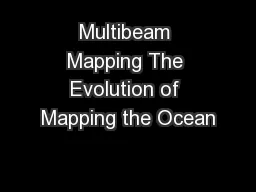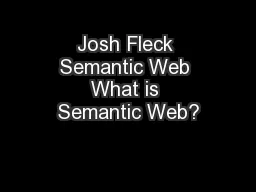PPT-Using Semantic Mapping to Manage Heterogeneity in XLIFF Int
Author : alida-meadow | Published Date : 2016-06-22
by Dave Lewis Rob Brennan Alan Meehan Declan OSullivan CNGL Centre for Global Intelligent Content at Trinity College Dublin Outline Localization industry interoperability
Presentation Embed Code
Download Presentation
Download Presentation The PPT/PDF document "Using Semantic Mapping to Manage Heterog..." is the property of its rightful owner. Permission is granted to download and print the materials on this website for personal, non-commercial use only, and to display it on your personal computer provided you do not modify the materials and that you retain all copyright notices contained in the materials. By downloading content from our website, you accept the terms of this agreement.
Using Semantic Mapping to Manage Heterogeneity in XLIFF Int: Transcript
Download Rules Of Document
"Using Semantic Mapping to Manage Heterogeneity in XLIFF Int"The content belongs to its owner. You may download and print it for personal use, without modification, and keep all copyright notices. By downloading, you agree to these terms.
Related Documents

